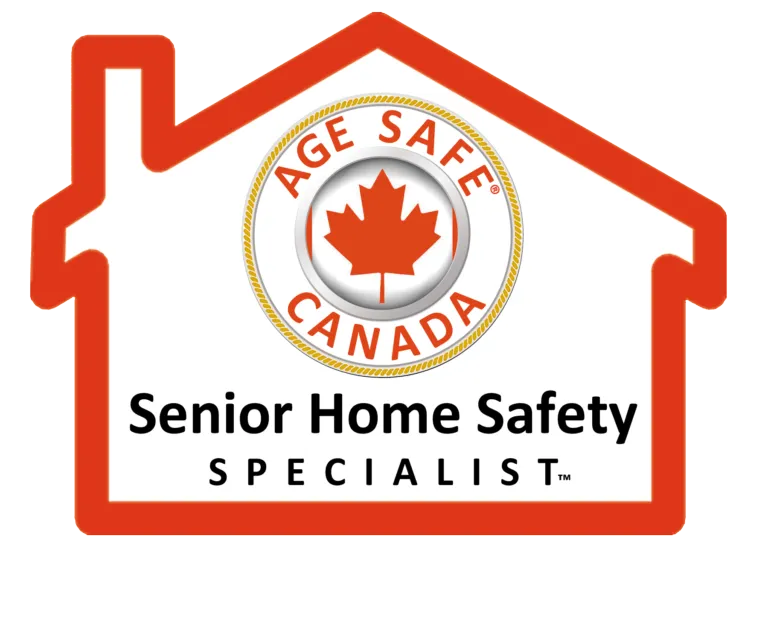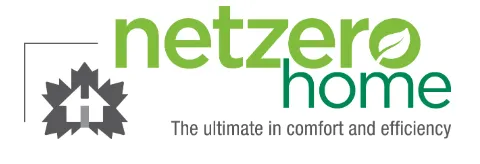As we age, our homes become more than just spaces to live—they are the foundation of our independence, comfort, and security. Aging in place—the ability to live in one’s own home safely, comfortably, and independently—is an increasingly important goal for many seniors. However, achieving this requires careful planning and consideration of various factors, including the home environment. Personalized home solutions play a crucial role in ensuring that older adults can continue to thrive in their homes as they age.
The Importance of Aging in Place
Aging in place offers numerous benefits, including maintaining a sense of autonomy and minimizing the stress of relocating to unfamiliar environments. It allows seniors to remain close to their loved ones, friends, and familiar community networks. For many, the prospect of leaving their homes to move into assisted living or nursing care is not only daunting but also undesirable. Home modifications are vital in creating an environment where seniors can safely and comfortably continue to live independently.
Home Modifications and Their Role in Aging in Place
Home modifications are adaptations or improvements made to a home that enable seniors to remain in their homes longer, despite the challenges that aging can bring. These modifications vary depending on the individual’s needs and may include changes to improve mobility, accessibility, safety, and overall comfort. The goal is to create a living space that accommodates the physical, cognitive, and emotional needs of aging individuals, allowing them to continue their daily routines with greater ease.
Some of the most common home modifications include:
- Ramp Installations: For seniors with mobility challenges or those using wheelchairs, ramps provide easy access to their homes, replacing traditional stairs. Installing ramps at key entry points eliminates the risk of falls and enables safe entry and exit from the home.
- Bathroom Safety Modifications: The bathroom can be one of the most hazardous areas in a home for seniors, as it is prone to slips and falls. Adding grab bars in showers, installing raised toilets, and ensuring non-slip flooring can dramatically reduce the risk of injury.
- Widened Doorways and Hallways: As mobility can become restricted with age, widening doorways and hallways allows for easy movement within the home, particularly for individuals who rely on wheelchairs or walkers.
- Improved Lighting: Proper lighting can help prevent accidents, particularly in areas where seniors may be at higher risk of falling, such as hallways, stairways, and bathrooms. Motion-sensor lights and brighter bulbs can be added to ensure areas are well-lit without the need for seniors to navigate switches.
- Stairlifts and Elevators: If stairs are a challenge, installing a stairlift or elevator can be a game-changer. These modifications allow seniors to access different levels of their homes without the physical strain of climbing stairs, ensuring they can enjoy their entire living space without limitation.
- Lowered Kitchen Counters and Cabinets: For seniors with limited mobility or dexterity, adjusting the height of kitchen counters and cabinets can make meal preparation safer and more accessible. This simple modification allows seniors to reach items with ease, reducing the risk of straining or injuring themselves.
Benefits of Home Modifications for Aging in Place
Home modifications are not just about preventing injuries—they also enhance the overall well-being of seniors. Here are some key benefits:
- Enhanced Safety and Fall Prevention: One of the leading causes of injury among seniors is falls. By making simple yet effective home modifications, such as adding grab bars, improving lighting, and eliminating tripping hazards, seniors can significantly reduce their risk of falling.
- Increased Independence: With personalized home solutions, seniors are able to maintain greater independence. Modifications like ramps, accessible bathrooms, and stairlifts allow seniors to move around their homes freely, without needing assistance from others. This promotes a sense of autonomy and dignity.
- Better Physical and Emotional Health: Living in an environment that is tailored to one’s needs can lead to better physical health by promoting mobility and comfort. Additionally, the emotional benefits are significant—seniors who are able to age in place are more likely to experience improved mental health and well-being. The familiarity of their surroundings provides a sense of stability and peace of mind.
- Cost-Effective Alternative to Assisted Living: Aging in place is often more affordable than moving to a long-term care facility or assisted living center. While home modifications require an upfront investment, they are generally less expensive than the ongoing costs of assisted living. For many families, this is a financially viable way to ensure that a loved one can continue living independently at home.
- Customization to Individual Needs: Home modifications can be tailored to the unique needs of each individual. Whether it’s installing ramps, modifying a bathroom, or adjusting kitchen counters, the home can be adapted to support an individual’s specific challenges and preferences. This level of customization ensures that seniors receive the support they need to thrive in their environment.
Addressing Common Concerns About Home Modifications
While the benefits of home modifications are clear, many families may have concerns about the process. Some worry about the cost, while others may be uncertain about which modifications are necessary. Here’s how to address these common concerns:
- Cost: While home modifications do involve an initial investment, they are often more affordable than the ongoing costs of long-term care. Additionally, various programs and resources are available to help offset the cost of modifications, including government assistance programs, grants, and loans.
- Complexity: The idea of modifying a home may seem overwhelming at first, but working with professionals who specialize in aging-in-place solutions can make the process much smoother. These experts can assess the home, recommend modifications, and handle the installation, ensuring that everything is done correctly and efficiently.
- Aesthetic Concerns: Many seniors worry that home modifications will make their homes look institutional or unattractive. However, modern modifications can be designed to blend seamlessly with existing décor, ensuring that the home remains both functional and aesthetically pleasing.
Why Choose Adaptive Living?
At Adaptive Living, we specialize in personalized home solutions that empower seniors to live comfortably and independently in their own homes. Our team of experts is dedicated to providing customized home modifications that meet the unique needs of each individual. From bathroom safety modifications to full-scale mobility enhancements, we work with our clients to create living spaces that promote both safety and comfort.
Choosing Adaptive Living means partnering with a trusted company that understands the importance of aging in place. Our solutions are designed to make life easier, safer, and more enjoyable for seniors, ensuring that they can continue to live in the homes they love for years to come. Whether you’re looking to make minor adjustments or complete home renovations, we are here to help every step of the way.
By investing in the right home modifications, you’re not just making changes to a house—you’re creating a foundation for your loved one’s future independence and happiness. Let Adaptive Living assist you in making the home modifications that are essential for aging in place.



